Delicious, fragrant and juicy plum ... It is wonderful to have a good fruiting plum tray in her garden. But in order to get a delicious harvest, it will have to apply forces and maximum zeal. And only after that plum thanks you with your generous gifts. Any hostess will definitely find the use of plum. It received very widespread use not only in eating fresh form, but also in preservation, cooking. What could be pleasant and helpful than to drink cold winter tasty compote with the taste and aroma of the summer garden? Do not be afraid of difficulties in the cultivation of this fruit tree. In this article, we will describe in detail the most famous varieties and varieties of plums, the subtleties of its cultivation in the garden plot, the secrets of the care of this tree and much more useful. Since plum is a fairly common fruit tree in our climate, then each gardener has its own secrets and "tricks" to collect high-quality crop. Young and inexperienced masters remain only to listen to such advice and gain skill.
Plum: description of the appearance and photo
The drain is common mainly in moderate and northern latitudes. Belongs to the family of rosetic. The plum was obtained when crossing Turran and Alychi. It has simple with a gear edge of leaves and flowers of pink or white. Very popular among gardeners with their good yield and unpretentiousness to the soil and climate.
10 facts about the benefits of plum
Due to its useful composition, the drain is applied not only in cooking, but also in medicine and even cosmetology. What is such a useful and valuable place in the usual and so familiar plum for us? The drain is rich in the following elements and vitamins:
- alimentary fiber;
- free organic acids;
- potassium;
- calcium;
- sodium;
- phosphorus;
- iodine;
- magnesium;
- zinc;
- chromium;
- fluorine;
- provitamin A;
- vitamins B1, B2, B6, RR, E
It is such a rich composition in combination with a magnificent taste that makes a plum of useful properties.
- Plum is a natural laxative.
- Plum - Assistant in the removal of "harmful and bad" cholesterol.
- Plum is a natural agent in the treatment of hypertension.
- Plum is a means of removing unnecessary salts from the body, useful in kidney disease.
- Plum leaves are used as a natural healing agent.
- Plum is a good source of calcium in atherosclerosis and heart disease.
- The drain perfectly cleans blood and removes bile.
- Plum is an assistant in the treatment of diseases associated with the metabolism.
- Plum bark has an antipyretic effect.
- The drain helps to return the skin elasticity and elasticity and therefore is widely used in cosmetology.
Variety of plum varieties
Plums differ in the color of their fruit, shape, magnitude and taste characteristics. Plum varieties are traditionally divided into early, secondary and late. Early varieties ripen already at the beginning of summer. Among these varieties are the most popular are:
- Namanskaya reward;
- July;
- Zarechnaya early;
- Honey white;
- SPRING.
Middle-timed varieties ripen in the middle of summer. The plums of these varieties are very valued by gardeners for their rich taste. Such plums are most often used in cooking and for canning. The most beloved gardener varieties are:
- Romain;
- Souvenir east;
- Venus;
- Perdrygon;
- Egg;
- Edinburgh et al.
Late plum varieties very often have such quality as frost resistance. They can be kept longer. The hostess often produce jams, jams and compotes for the winter. The most famous varieties of late maturation time are:
- Empress;
- The president;
- Walls and others.
When choosing plum seedlings for landing in its site, it is necessary to study at least a minimal description of the variety to know its dates of ripening, the peculiarities of the care, taste, etc.
How to grow a plum in your garden
Step 1. Choose a sapling
The landing material is always very high demands. After all, the yield and the health of your future plum tree will depend on its quality. It is better to acquire seedlings in specialized nurseries that have all the quality certificates for seedlings. Always pay attention to the following characteristics;
- The seedlove must be sold with the most well-protected root system. Better if it is closed, i.e. in the ground.
- The roots in no case should be dry.
- When transporting a seedling with an open root system, it is necessary to wrap it with a wet cloth and polyethylene, straw.
- Roots should reach a length of 40 cm.
- The root neck must be clean and without damage.
- The main branches must reach the length of 50-60 cm.
- Sedetz thickness - 2.5 cm.
Step 2. Choose a place
The soil for plum should be mainly fertile and loose. The moistened soil is not the best option for this fruit tree. Therefore, be sure to take into account the depth of groundwater. It is better if they are at least 1.5 m from the surface. Plum does not like the conceived places too much. The quality of fruits will only suffer from it. If the soil is overly sour, then compulsory lime is carried out. Plums begin to bloom very early, before many garden trees. An undesirable will be too low-rise place for landing, because It is there that possible freezing will be of the greatest strength. Choose solar, protected from wind and from the shade of other garden trees.
Step 3. Select time for landing
In principle, the plum can be planted both in spring and autumn. It all depends on specific climatic conditions. If autumn is not too cold, then the seedlings can be plans and at the autumn time. But in moderate latitudes, where the differences between the seasons are very cut, it is better to choose a spring for the landing of plums. The fact is that the seedlings simply do not have time to root well as harsh frosts will already be.
Step 4. Preparation of landing pit and landing
Plum seedling technology is not very different from landing such garden trees. Whatever fertile does not seem to be the earth on your site, it is better to specially fit and prepare it. So, follow the next sequence of action when landing plums:
- Shoot the landing hole. It is better to do it in advance, approximately 2 weeks before landing so that the Earth can feel good. Pit sizes - 60 * 60 * 60.
- The dwelled ground is stirred with humus in a 2: 1 ratio, we fall asleep the pit obtained by a mixture.
- In the center of the pits, we drive a durable peg, which will be a future support for a still-reinforced seedling.
- The seedling is tied up to a peg from the northern side of him.
- The root cerv should be above the surface of the earth for 5-7 cm.
- Gradually fall asleep roots of ordinary earth without fertilizer, carefully distributing the soil between the roots to fill all air emptiness.
- The seedling must be abundantly shedding with water and climb the surface of the earth with peat or compost.
Carefully treat the correct sequence of landing. This will all affect your crop. Do not try to make as much fertilizer fertilizers as possible. Such a saturated "cocktail" of these seemingly useful elements can burn roots or stimulate the growth of shoots, but not fruits. Some plum varieties require support in the form of a cavity during the first 2nd years. Do not use hard dressings. The wire can crash into a gentle bark of a young seedling.
Differences of the breakdown in different seasons
Plum, like any other garden tree, requires care, which has its own specifics in each season. If you grow up with the cultivation of fruit trees and intend to get a good harvest, then you will have to work hard.
Features of grinding in spring
What works and care activities requires drain in spring time? Here are the most basic your actions:
- Removing the "insulation". After more or less warm weather is installed, you should remove the winter insulation from the trees.
- Sanitary trim. This mandatory procedure is almost for all garden trees, which is aimed at removing the branches deformed after winter, on the formation of the crown and the rejuvenation of the tree.
- Whitewash. The main purpose of the blurry of the barrel of plum is the prevention of solar burns with a bright spring sun.
- Processing by means of pests. Some pests could be winter in the soil, snow, and the tree must be protected from them to avoid further infection. For plums will be very effective will be various kinds of spraying.
- Feeding In the spring, the tree needs nitrogen and mineral fertilizers.
Features of care for the breakdown in summer
- Regular watering. Plum loves moisture very much. In the arid time it will be needed from 3 to 5 vector of water. It should be watered early in the morning or late in the evening, after sunset.
- Inspection of trees. Inspection should be carried out in order to identify diseases and pests. The sooner you notice, the easier and faster you can help plum.
- Feeding It is necessary to feed the plum in the summer season. The tree spends a lot of his strength and he needs support. Extra-root feeds with nitrogen fertilizers should be at least 3 times per season. The rest of the feeders with the missing elements are needed if necessary, if there are signs that they are missing them.
Features of the breakage of the drain fall
- Feeding In autumn, nitrogen fertilizers are excluded, and only minerals are used.
- Insulation of trunks. Drain must be prepared to low temperatures and protect the barrel from rodents and hares. For these purposes, you can use runneroid or even barbed wire.
- Sanitary trim.
- Saving planting material. If you have the seedlings you want to keep, they can be picked up in a greenhouse for the winter, or put in boxes from the earth and store them in a cool room - basement, cellar.
Features of the breakdown in winter
Winter care is not as diverse as in other times of the year. You will only need periodic control over the state of the "insulation" on the strains and the shaving of snow from the branches. Snow needs to shake so that during a thaw he did not damage the gentle branches with his severity.
Some features of the care of white, yellow and coloniary plums
- White plum or "Albinos" do not have some special care, different from the care of the familiar blue plum. The only moment of differences is that the fruits have white plums do not need to cut forward like a blue. This type of plum so is not very yield for a large number of fruits.
- Yellow plum requires almost identical care, as well as behind the blue plum. Perhaps it will be needed by the border of the sprawl branches.
- Colon-shaped plum has a sufficiently specific shape and the location of the branches close to the surface. Fruits necessarily need to cut forward so as not to overload the tree and insulate the rolling circle for the winter.
It has come to collect the harvest of plums. What you need to know
So, the sweetest time came - the time for collecting the long-awaited crop. What can be complex and incomprehensible in this process? Just threw the plum and that's it. But not so simple. Especially if you want to collect a crop for sale, transportation or long-term storage. To make the most correctly harvesting, follow the following rules:
- In no case shake a tree with the purpose of sissing all the fruits on the ground. Gentle plums are simply "fed" and will lose their aesthetic appearance. This method of collecting can be imparted only if you are going to eat all the plums immediately.
- Fruits mature not at the same time. Collect the harvest is needed in 2-3 approaches. Focus on the degree of maturity drain.
- If you want to transport a harvest, then remove the plums directly with branches and touch the fruits as possible, so as not to damage the protective wax layer.
- Plums begin to collect from the lower branches, moving from the end of the branch to the trunk. Up to the top branches will help you get a staircase or stepladder.
- If you are going to keep plums, then you will need drawers for storage. They need to be lined with paper and lay the fruits into one row. Plums can be stored in specially created conditions (cool, dark room with a temperature of 0-2 degrees and a humidity of 85%) for 2 months. Of course, it all depends on the variety.
- Do not make harvest in wet or rainy weather. It is noted that the crop collected in dry weather is kept much better.
- Do not rush to throw out cracked or licked fruits. They will always be useful for the preparation of jams, jam, filling for pies, compotes, etc.
Pruning plums. Is it necessary?
Some beginner gardeners believe that pruning is not a completely important part of the breakdown and it can be neglected. But it is deep delusion. Plum, which never undergone pruning, will turn into a formless, "cosmatic", with branches, growing under an acute angle, wood. Highly thickened Crown will prevent the ripening of a full harvest.
Plum trim is needed for:
- ensuring the main position of the central branch;
- maintaining hierarchies of branches;
- ensuring uniform growth of new branches;
- ensuring access of sunlight in sufficient quantity for each corner corner;
- preventing the branches of branches and possible situations of branches of branches under the weight of other branches.
Young plums need trimming in the period of rest - in the spring, until the swelling swelling. The adult trees perfectly carry the pruning both in the spring, and in the summer, in the fall, and even in winter.
Do not be afraid of difficulties in the cultivation of plums. This garden beauty will definitely thank you with a tasty and rich harvest for all your efforts and diligence. Successes in horticultural business!

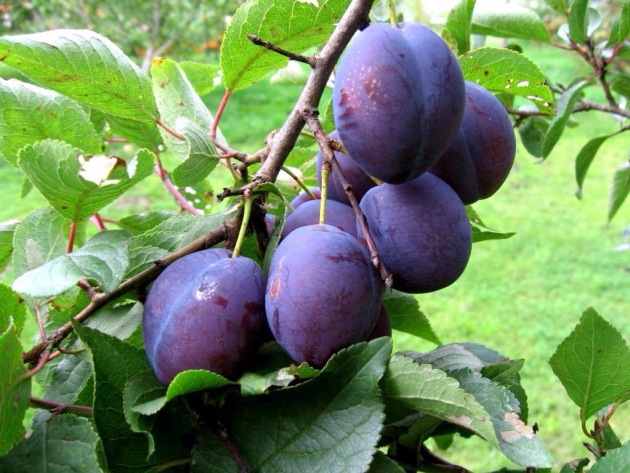
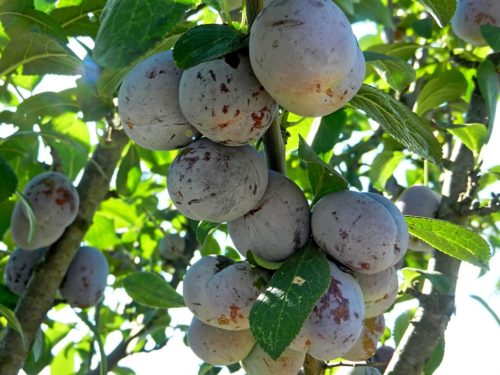
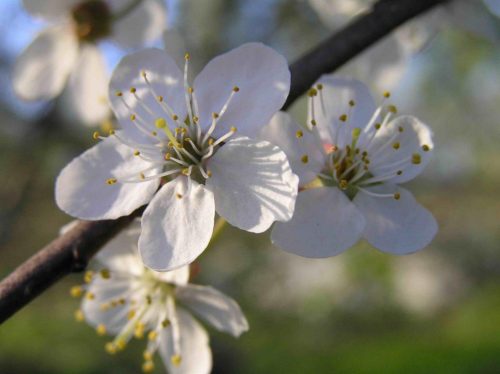
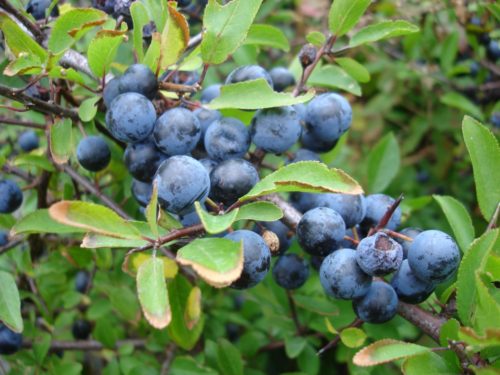
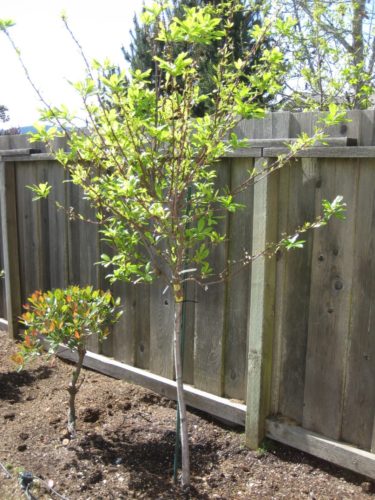
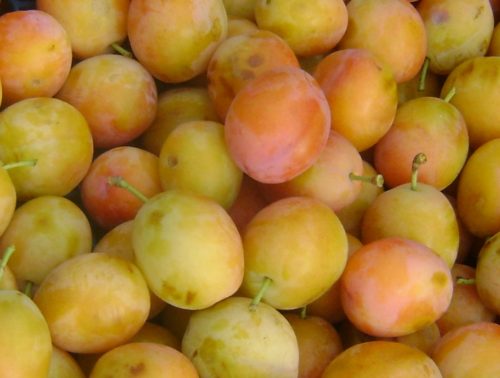
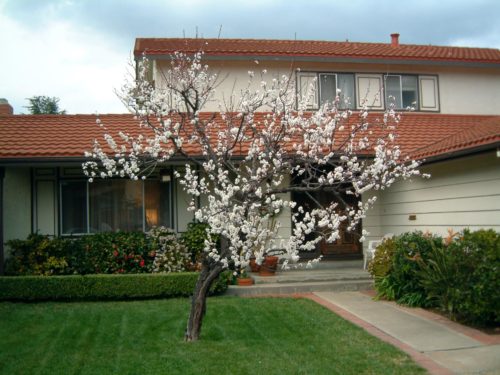
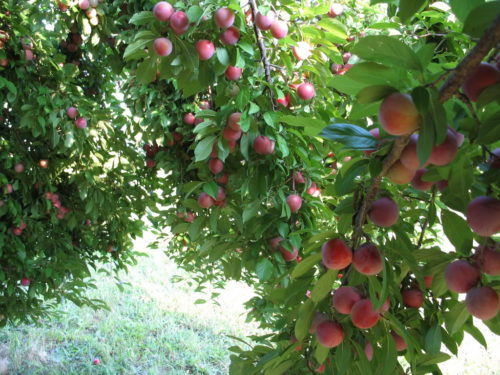
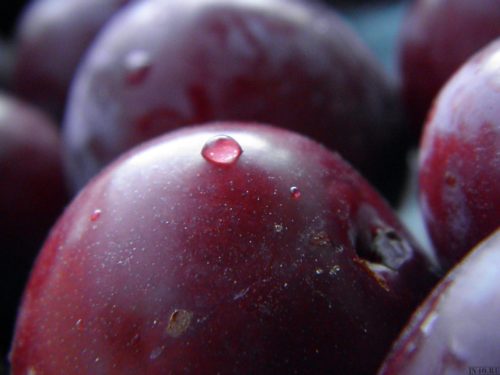
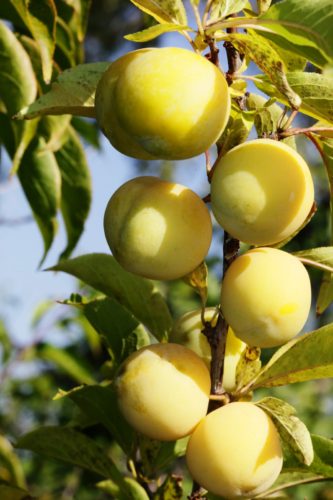
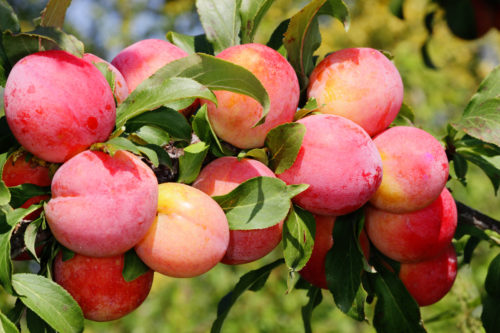
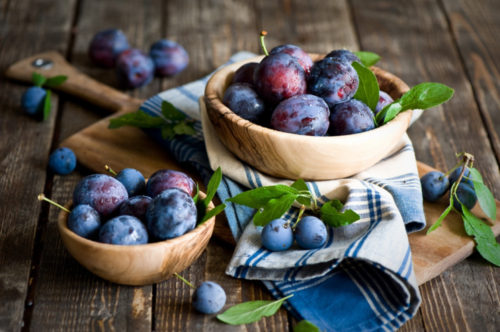
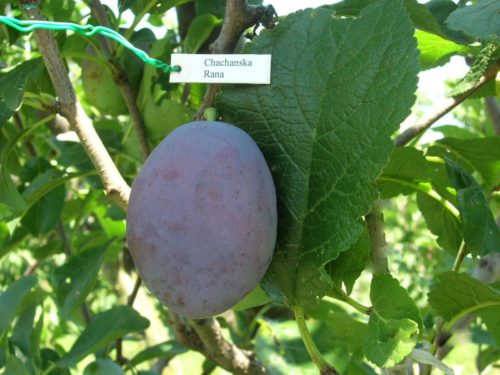
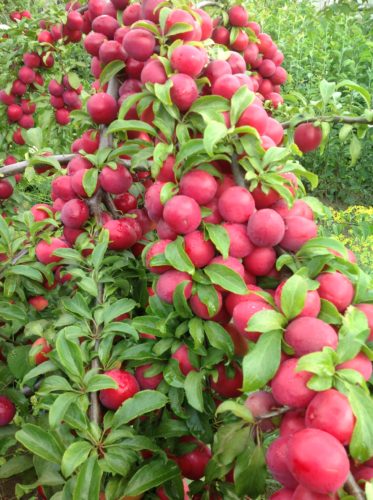
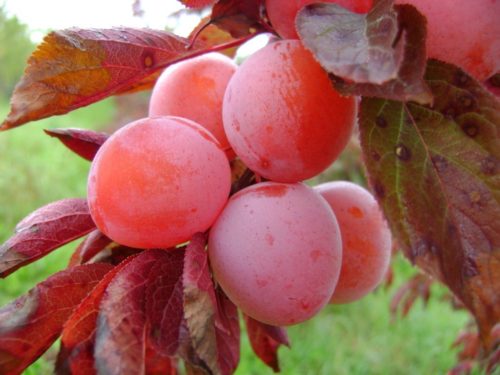
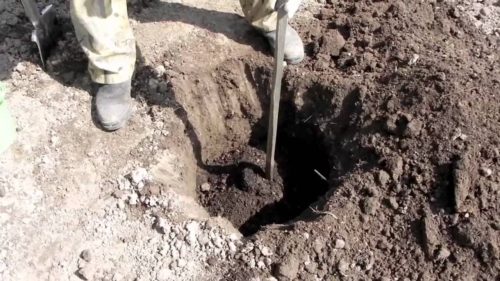
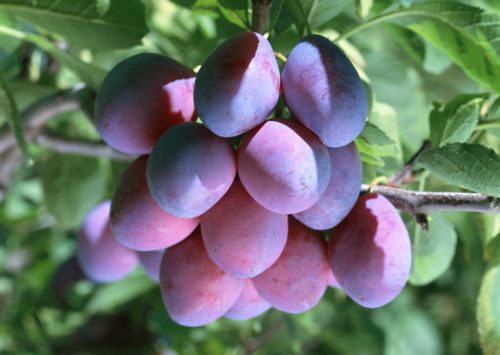

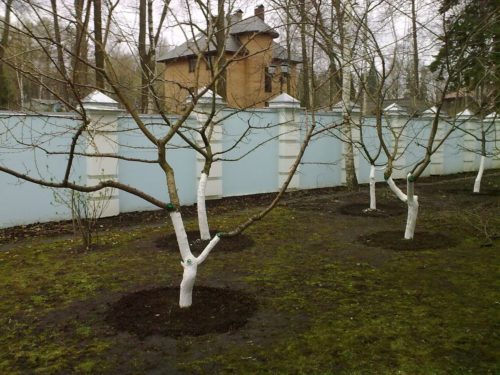
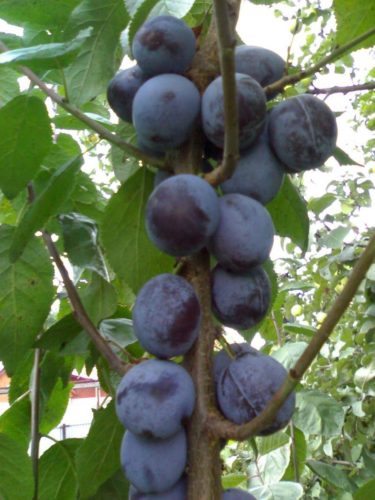
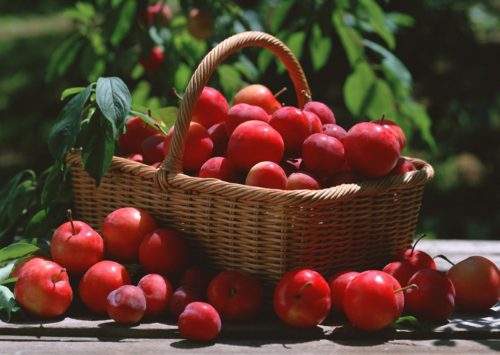
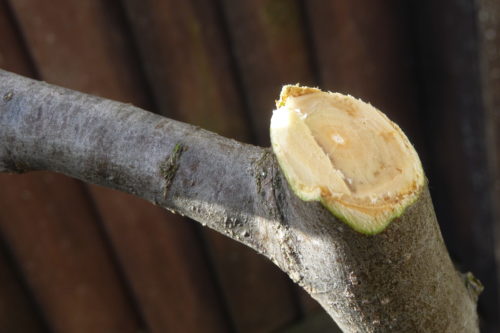












 Start a discussion ...
Start a discussion ...